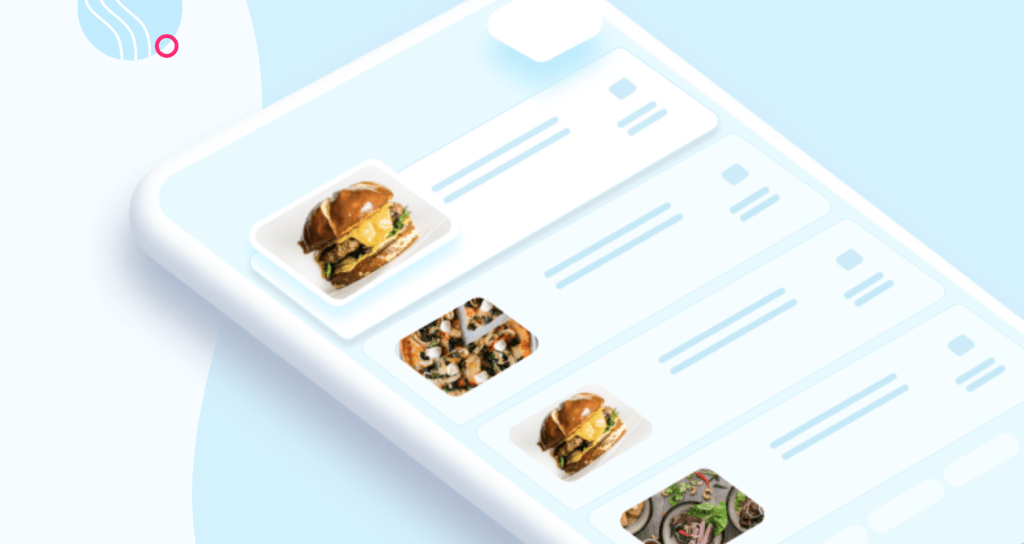I’ve always been fascinated with dumbwaiters. An elevator built specifically to deliver food between floors of a building, the dumbwaiter is an idea that is both ridiculous and fascinating.
And while I can’t be sure that someone like Donald Trump or Jeff Bezos doesn’t have dumbwaiters built into their homes (though Bezos would probably prefer robots and Trump manservants he could yell at), what I am sure of is the dumbwaiter has, for the most part, largely gone extinct as part of modern life.

Until now. That’s because Taco Bell sees them as a potentially integral part of their restaurant of the future. Called Taco Bell Defy, the taco chain’s new restaurant concept includes an elevated restaurant with multiple drive-thru lanes, food lifts, and a lot of digital integrations.
While I wouldn’t, unlike others, claim this new concept possibly “the most ambitious” prototype in restaurant history, I would say it makes a whole lot of sense for a restaurant chain that does most of its business through a drive-thru. While many chains have developed drive-thrus that have multiple order lines, the choke point always comes later when cars zip-up into a single line to get their food. By spreading out the hand-off of food to four lines, the choke point of a single window for food handover is eliminated.
The restaurant and kitchen itself are on the second floor, where workers are making food, taking orders, and, now, putting food into their little lifts to drop down to the drive-thru. Customers are also able to walk into the restaurant and order at the counter or pick up mobile orders on a pick-up shelf. Drive-thru workers interact with customers through video and audio intercom.
Not surprisingly, the new location emphasizes mobile ordering. Customers can pre-order food on the Taco Bell mobile app and scan the QR code at one of the three mobile order lanes. Delivery drivers for UberEats and others will also be able to pick up orders for customers through one of the mobile lines. Those who insist on going old-school will have to stick to the one line reserved for non-mobile orders.
Taco Bell is building the new prototype in partnership with long-time franchisee Border Foods. Taco Bell and Border Foods have said the new concept and technology within could be a template for future locations and that they are considering retrofitting existing restaurants to utilize some of the Defy technologies.
Either way, I’m all for the modern arrival of the dumbwaiter. Like with the comeback of the automat in recent years, I love seeing concepts we once thought were extinct now powering our restaurants of the future.
You can watch a customer get their food via the lift at a Taco Bell Defy (including a camera sent up the tube) in the video below.



















